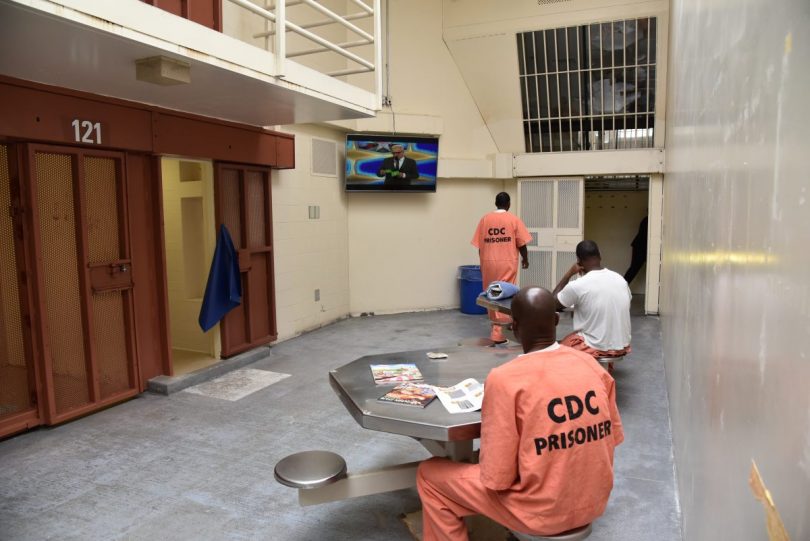In 1994, then-California Governor Pete Wilson signed a bill giving the state prison system more authority to block journalists from entering prisons to report on conditions inside. By 1996, the California Department of Corrections and Rehabilitation (CDCR) had pulled up the drawbridge, instituting what were considered some of the most restrictive policies in the nation. Between 1998 and 2012, state lawmakers tried and failed to reverse the CDCR’s limits on media access nine times.
Legislators are prepared to try again this year.
On March 28, a bill to increase media access to lockups will begin making its way through California’s Senate, with a first stop at the Committee on Public Safety.
SB 254, authored by Senator Nancy Skinner (D-Berkeley), will permit members of the news media to tour prisons and jails and interview consenting incarcerated people. Members of the media will be allowed to use cameras and audio recorders. Currently, journalists who do make it into jails and prisons are usually banned from recording, and are only able to conduct random interviews.
Under SB 254, prison and jail officials would be banned from monitoring or recording media interviews, and journalists would be able to request interviews with specific individuals.
The bill includes protections for those incarcerated people who agree to interviews, and requires defense attorneys be notified before a prearranged interview can take place.
Additionally, the bill would require prisons and jails to allow state officials to visit “at any time and meet with incarcerated people upon request.”
News organizations once had far greater access to prisons, and could directly report on conditions within. “But for the past three decades, California prisons have been among the least transparent in the nation,” said Senator Skinner. “SB 254 will reopen access so we can collect more — and better — information about how one of our largest state programs functions.”
Prison and jail administrators would still be able to stop reporters from entering facilities if they believe the visit would “pose an immediate and direct threat to the security of the institution.”
Historically, allowing media access has not threatened prison security, according to the California News Publishers Association (CNPA), which is sponsoring the bill with the California Broadcasters Association (CBA).
During the more than 20 years that the CDCR allowed journalists to conduct in-person interviews with incarcerated people, “CNPA is not aware of a single incident in which a journalist’s interview or use of confidential correspondence with an incarcerated person posed a threat to the security of any of California’s prisons,” the association said in a letter to Sen. Skinner in support of the bill.
“In the absence of effective and impartial outside scrutiny, the public is left to rely only on limited information that law enforcement is willing to release and what any individual incarcerated person or corrections employees relay,” the letter stated. Allowing access will keep the public, legislators, and governmental officials informed of issues impacting people in prison.
Right now, the CDCR’s regulations “are so onerous that there is no meaningful access.” said Brittney Barsotti, general counsel of CNPA. “We cannot afford to be behind states like Florida when it comes to transparency.”


It’s nice to see that laws are being passed to help prisoners and remember Donald Trump is doing more for prison reform than any Democrat is
No, SB 254 did not pass in California during the 2023-2024 session. It was vetoed by the Governor on September 27, 2024. However, a different SB 254 was introduced in the 2025-2026 session, focused on electricity and wildfire mitigation.
SB 254 (2023-2024):
Subject: Correctional facilities: media access.
Status: Vetoed.
Key Provisions: It would have allowed media representatives to tour correctional facilities, interview incarcerated individuals, and document conditions within the prison.
Sponsor: Senator Nancy Skinner (D).